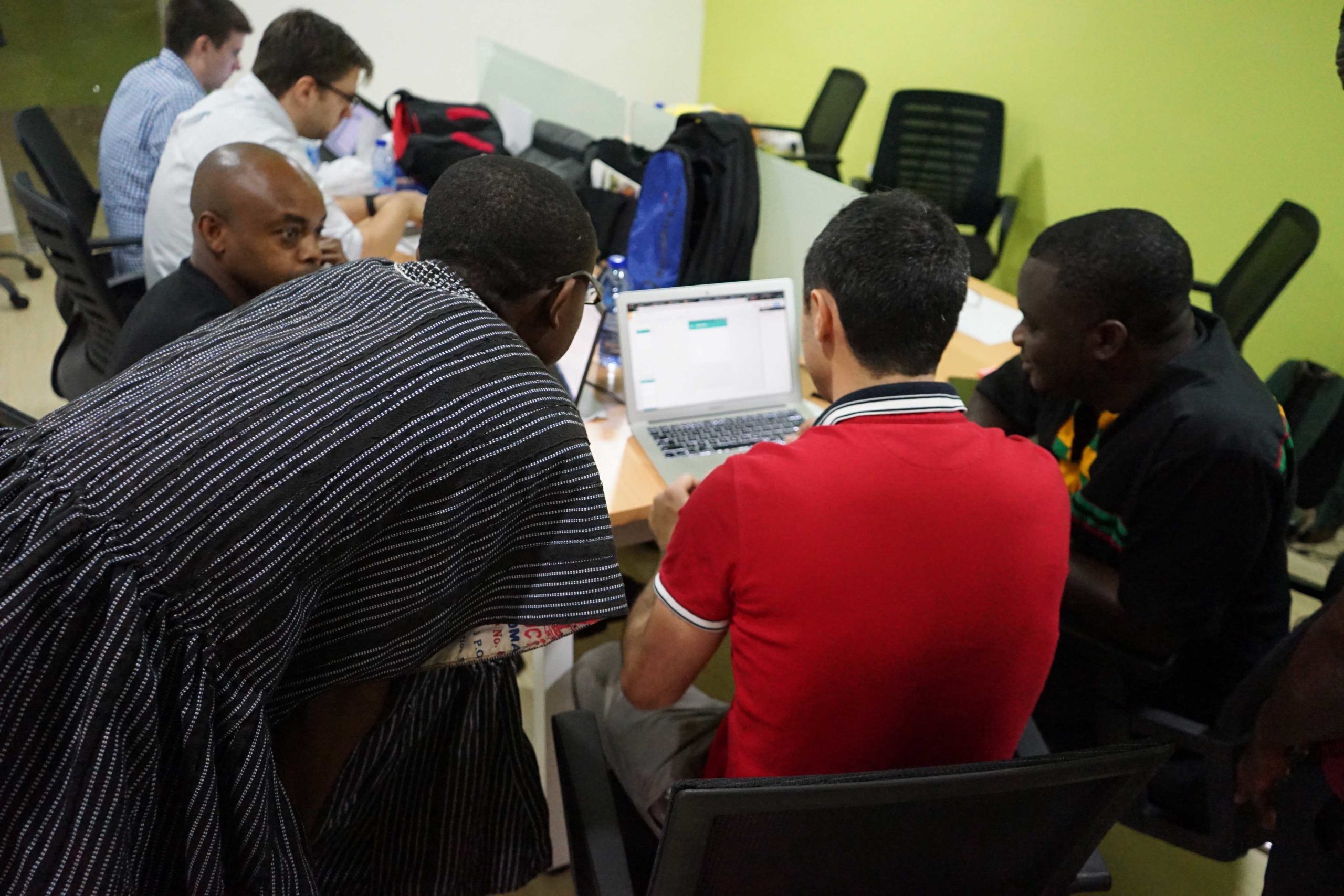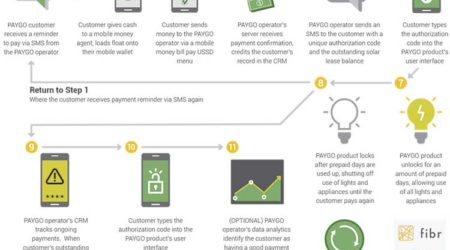Three Reasons Why Open APIs Will Transform Fintech Innovation in Emerging Markets


Open APIs can be crucial in getting a new product or set of features to market quickly and efficiently. There are well-known APIs such as Facebook and Google sign-in for authentication, APIs like Stripe and Paypal for payments, APIs for navigation including Waze and Google Maps, and many others for nearly every type of service imaginable. While these constitute a major presence in the most mature technology centers of the world such as Silicon Valley, we have seen that APIs prove just as critical if not more, in the developing world, and through the lens of innovation in inclusive fintech.
In a recently published BFA report that examines the role of open APIs for financial services providers in emerging economies, we also make the case for fully open APIs in financial services to fuel growth, and to the benefit of financial service providers and unbanked customers. Here, we examine three practical reasons why Open APIs will spur significant innovation in the growing field of technology in financial inclusion.
Open APIs Are Standardized Building Blocks
On a technical level, an Application Programming Interface (or “API”) is a way for software applications from different companies to communicate with each other in a consistent and automatic way, typically over the Internet.
For companies who produce software, individual APIs are like uniquely-shaped legos that can be pieced together to form the structure that is their end product.
An Open API is distinct from other types of APIs in that the entire approval process for use of the API can be completed automatically, typically by signing up on a public website that includes transparent technical/pricing information and code samples. The result is an easy-to-execute process for those interested in using the service to connect their specific type of “lego block” into their larger architecture. The plug-and-play nature of Open APIs is a hugely compelling feature for companies developing products and services in emerging markets and for low-income customers. Precious time and resources can be focused towards getting to product-market fit rather than building code from scratch.

Open APIs Mean Lower Cost of Development
Within the context of emerging markets, it is hard to overstate the importance of Open APIs as a critical part of the lean product design process. For a product or service to make good business sense in serving financially excluded populations, the cost of providing the product or service must be reduced as much as possible. The quickest and most effective way of doing this is to reduce the amount of upfront development required, using APIs to access software that other companies have already built, tested, and put to market.
Furthermore, examples of where Open APIs have already proven useful in inclusive fintech are with FIBR partners IT Consortium and Farmerline in Ghana. FIBR rethinks financial inclusion by working with a broader set of partners, such as fintech companies and small businesses in addition to traditional banks and microfinance institutions (MFIs), to provide data-driven ways to bring financial services to unbanked and underserved populations.
FIBR partners are working to develop applications for key players in Ghana’s school fee payments system and in the smallholder value chain, respectively. Applications in development test savings and credit offerings to ease the burden of limited financing options for underbanked individuals.

Zooming in on Farmerline as a specific example, their goal is to help farmers in procuring reasonable loans for the inputs they need to maximize their yields at harvest. To do this, the proposed application’s features require digital mechanisms for authentication, voice recording/storage, document scanning, accounting, lending and risk analysis, among others. For Farmerline to independently plan, develop, test, and launch each of these features, it could take months or years, at which point the product may be largely irrelevant or too costly to sustain, and the opportunity for financial inclusion may have been missed. However, by utilizing Open APIs to power as many features as possible, a significant amount of time and money can be saved.
This is huge. It means that thanks to APIs, resources that otherwise would have been eaten up by development efforts can instead be directly allocated to more in depth learning about the needs of the smallholder farmers and how to best serve them. This is time that can be used in iterating the plans for the application with each lesson learned, and getting much needed services to this particular underserved population as quickly and effectively as possible.
Open APIs Power A Wide Library of Features
In the spirit of “where there’s a will there’s a way,” many ambitious developers faced with the lack of a suitable API for a feature have built and exposed their own APIs, to the benefit of the rest of the developer community.
For instance, the founder of San Francisco-based Subledger noted that there was a lack of automated accounting services for fintech startups to tap into. As such, he chose to build an Open API for these features, that has now been used extensively, even in developing economies. For data crunching features such as lending risk analysis, tools like BigML offer open methods for easily exposing machine learning algorithms as APIs (check out Enrique Dans post exploring predictive algorithms to pick the perfect startup). For help with document scanning and parsing, Google has built an open Computer Vision API and made it publicly available. The list goes on. In fact, we’ve found that at least 12 of the features of the Farmerline application can be mapped to existing Open API services, tremendously reducing the time and resources needed for development.
Payment aggregators provide another great example of the beneficial features Open APIs are capable of providing. Positioned between large, risk-averse, and difficult-to-integrate-with financial institutions, and the end customer who demands richer features, aggregators are uniquely capable of working with developers to provide tailored products targeting a very specific problem. By exposing Open APIs for payment processing, reversal, reconciliation, and reporting, third-party developers are enabled to build products in days that may otherwise take months. Square is a great example of a company that smoothly made this transition, starting as a mPOS provider and opening up their financial services to the developer community via Open API. Stripe, a more recently-developed platform for digital payment processing, incorporated this lesson into their financial services platform by skipping the aggregation step entirely and launching purely as an Open API. Many others are likely to follow suit, including APIs for the mobile money services common in developing regions.
Challenges, Strategies, and the Future
With all of these advantages, web-based APIs are certainly not without their own set of challenges. Each API comes with its own set of pros and cons, features and constraints, and financial benefits and costs, which should each be carefully analyzed. However, by carefully navigating the digital market and choosing APIs to best fit the product, any potential downside can typically be mitigated at a lower cost than developing a feature from scratch.
For instance, many smallholder farms in Ghana are located in regions with limited and/or intermittent data connectivity. Fortunately, many existing digital products have worked to solve similar problems through mechanisms like request-queuing (asynchronous transmission of data). BFA will be collaborating with FIBR partners to examine the best existing options, adding features where needed, and ultimately releasing open-source code samples and Software Development Kits (SDK) for others looking to easily mitigate such services.
Together, the increasing variety of Open APIs and the growing ubiquity of the smartphone are helping ambitious startups to reach populations that currently were not technically or financially feasible to serve. Companies in these spaces are seeing more and more of these API building blocks, bringing standardization, lower cost of development, and a wide variety of features with them. It is indeed an exciting time to be focused on inclusive fintech, and to finally bring useful products to those who have long been waiting for these critical services to reach them.



